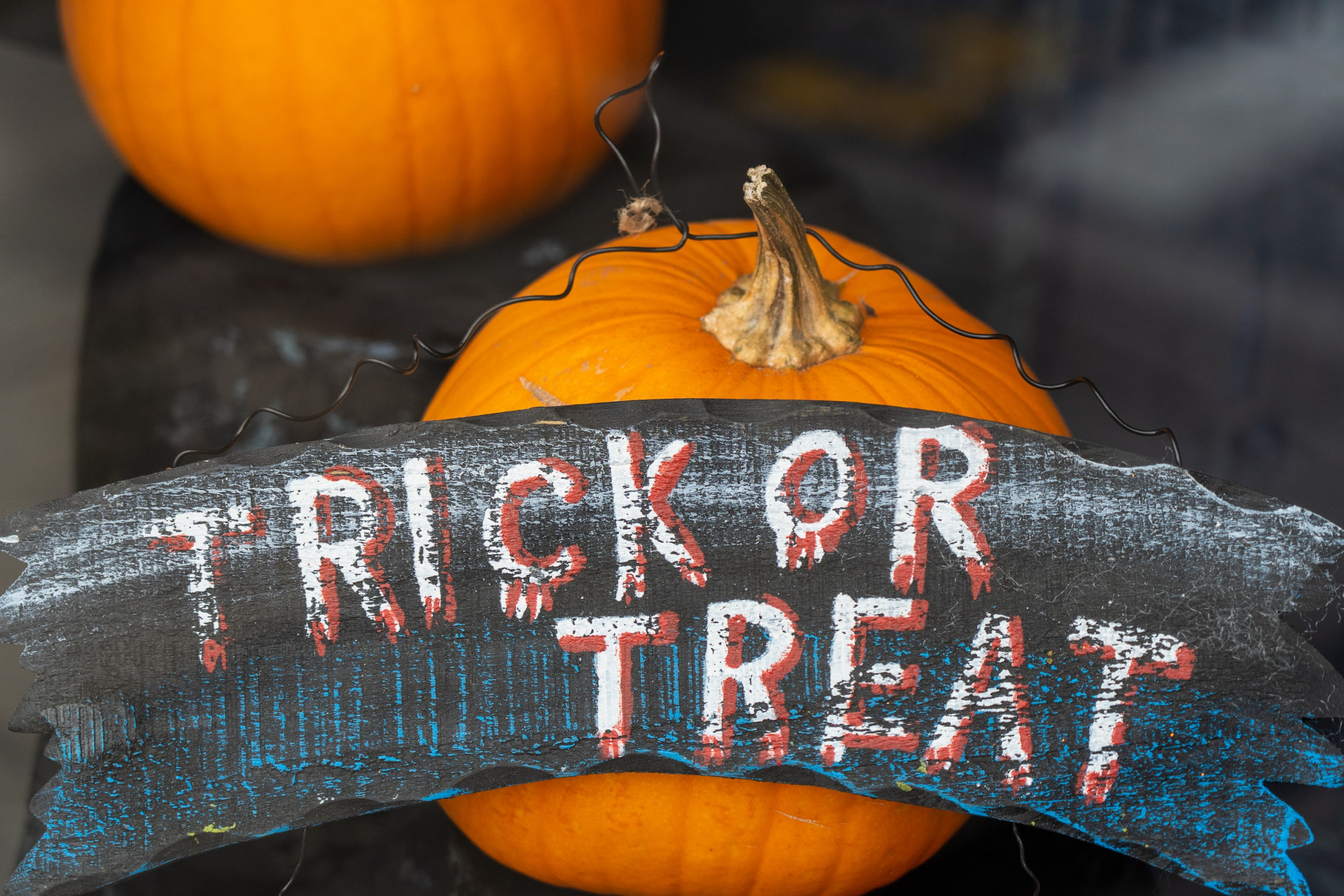Trigger or Treat: Halloween in ED Recovery
It’s the season filled with spooky decorations, dark nights, and pumpkin carving. A time when people of all ages can enjoy sweet treats and chocolatey delights. However, for individuals struggling with eating disorders, Halloween can be a challenging period filled with triggers and potential setbacks in their recovery journey.
The Impact of Halloween on Eating Disorders
For those with eating disorders, Halloween can evoke feelings of anxiety and guilt. Intrusive thoughts surrounding food and body image can start to creep in and lead to disordered eating behaviours. The abundance of treats and the societal pressure to indulge can be overwhelming, leading to increased stress and potential relapse.
The Role of Triggers
Triggering situations are events or circumstances that can reignite disordered eating thoughts and behaviours. Halloween can serve as a significant trigger due to several factors:
Coping Strategies for a Healthier Halloween
- Communicate and seek support: Reach out to a trusted friend, family member, or therapist about your concerns and potential triggers during Halloween. Expressing your feelings can provide a sense of relief and help you navigate difficult situations with support.
- Prioritize self-care: Prioritize self-care activities leading up to Halloween, including mindfulness practices, adequate rest, and engaging in hobbies that bring you joy. Taking care of your mental and emotional well-being can help you cope with triggers and reduce anxiety.
- Set boundaries: Learn to set boundaries and say “no” to activities that may heighten your stress levels or trigger disordered behaviours. It is crucial to prioritize your health and well-being over societal expectations.
- Plan alternative activities: Instead of focusing solely on traditional Halloween celebrations, consider engaging in alternative activities that align with your recovery goals. This could include a movie night or doing something creative.
- Practice mindful eating: If you choose to enjoy some Halloween treats, practice mindful eating techniques. Slow down, savour each bite, and listen to your body’s cues of hunger and satiety. Allow yourself to enjoy the treats without guilt or judgment.
Spreading Awareness and Support
As society becomes more aware of the impact of eating disorders, it is crucial to create a supportive environment that acknowledges the challenges faced during events like Halloween. By spreading awareness, promoting body positivity, and providing resources for support, we can help individuals with eating disorders navigate this potentially triggering time with greater ease and confidence.
Remember, Halloween should be a time of fun and excitement for everyone, regardless of their relationship with food and body image. Let’s work together to make it an inclusive and supportive celebration for all.

Contributed by Megan Heappey
Maketing and Comms Officer


